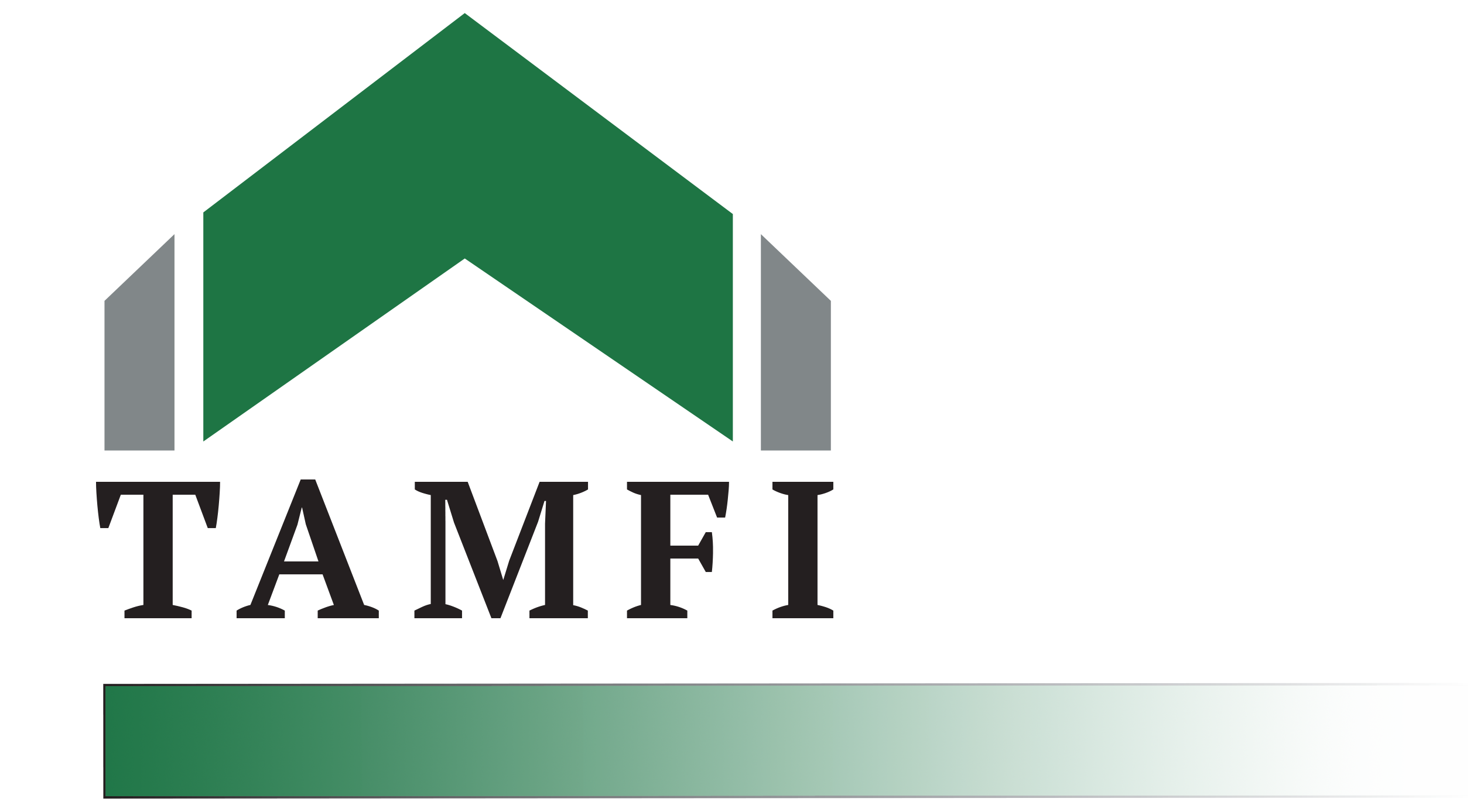By Deodat Bernard
As Tanzania continues to transform its economy to reach upper middle-income status, energy becomes a critical input to achieve the milestone.
The World Bank says energy is “at the heart of development” as it “makes possible the investments, innovations, and new industries that are the engines of jobs, inclusive growth, and shared prosperity for entire economies”.
In the last decade Tanzania has taken efforts to structural and policy reforms to ensure adequacy and efficiency of energy in the economy but the growing demands due to economic growth, pushes for more investment in the sector.
According to the ministry of energy, Tanzania had installed capacity of 1,872.05 MW in the national grid by May 2023, up by 10.5% from 1,694.55MW recorded in the 2021/22 financial year.
The East African nation is implementing an energy mix strategy and there are various sources of energy that are used in Tanzania, including hydro energy, geothermal, natural gas, coal, solar and other emerging sources such as uranium.
Of the total installed capacity in 2023 according to the official data, 574MW is from hydropower equivalent to 31%, 1,198.82MW (64%) from natural gas, 88.13MW (4.7%) from fuel and 10.5MW equivalent to 0.56% from biomass.
Growing population, growing energy demands
With a growing population of more than 61 million people (Census, 2022) which is estimated to reach 81.9 million people by 2030 by the World population review, the demand for energy is expected to increase, leading to depletion of natural resources.
The International Energy Agency (IEA) reports that it is the ambition of the Government to enable electricity access to more than 70% of the Tanzanian population by 2030.
Renewable energy is at the center of a control mechanism to absorb the expected high demand of energy.
To solve this, Tanzania Association of Microfinance Institutions (TAMFI); the membership-based umbrella association with more than 150 members across the country, is promoting the adoption of solar and clean energy to support the country’s renewable energy drive. This is achieved through awareness creation, capacity building and facilitating partnership between the member financial institutions and renewable energy companies and other stakeholders.
A loan that changed all
The efforts have started bearing results. Recently, Mr. Rasuli Salimu Mshana, a farmer in Mgagao village Mwanga district in Kilimanjaro accessed a renewable energy loan of TZS 31 million from SAMEKAYA SACCOS and invested on the installation of a solar water pump to replace the existing diesel pump. It was hard before to access such a large amount of loan with friendly terms, he said.
Being a farmer, he is aiming at expanding the agriculture business through irrigation of horticulture crops such as vegetables, tomatoes, onions and green maize.
Interestingly, with the extracted water, even before starting his irrigated farming, due to the normal drought season of the year in Mwanga area, he has revamped the livestock’s drinking places in his farm to rescue from dying or otherwise migrating to far distance for survival.
Mwanga is among the districts that were hit hard by drought at the end of 2021, killing thousands of livestock in the country.
On this new extension business to livestock, Mshana is earning an average of TZS 80,000 a day that is used for repayment of the loan.
“This type of loan has a quick impact on our community in Mwanga district especially for livestock keepers getting water in farmyards; it’s like an oasis for us,” he said.
Across the country, there are some other financial institutions; members of TAMFI who have started disbursing renewable energy loans in their portfolio to support their clients establishing or expanding businesses that are profitable and creating impacts in the community.

